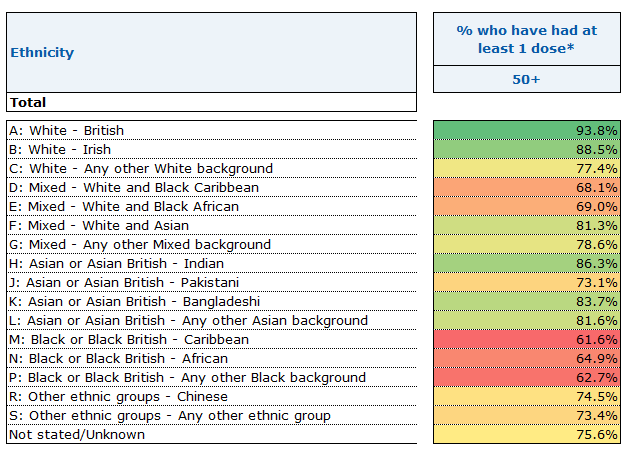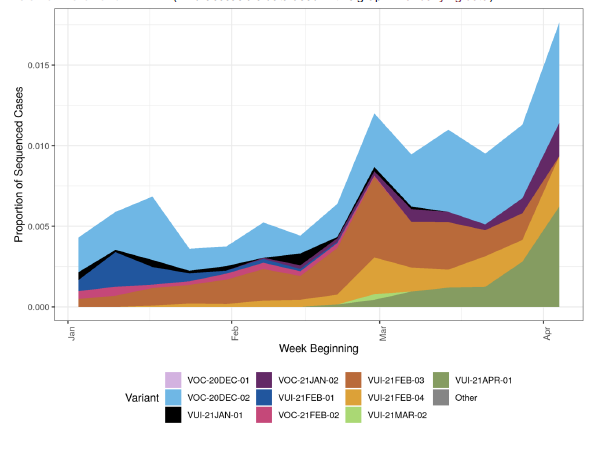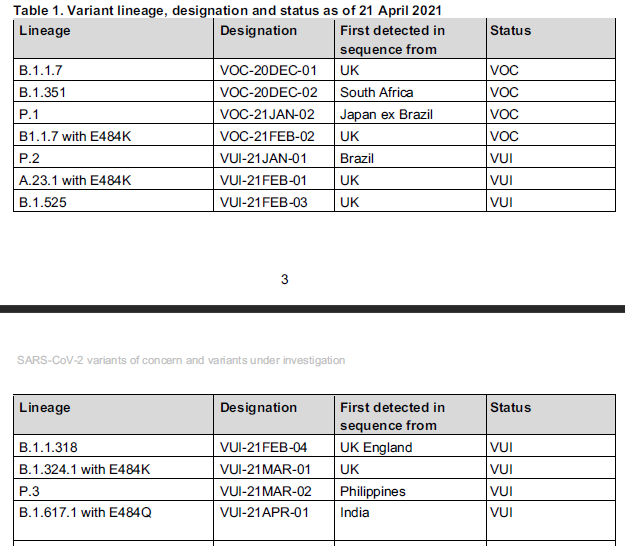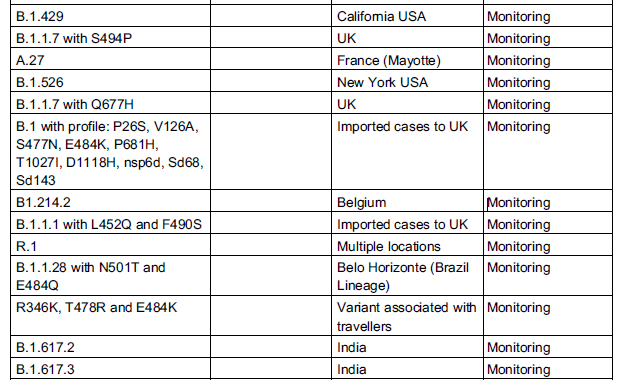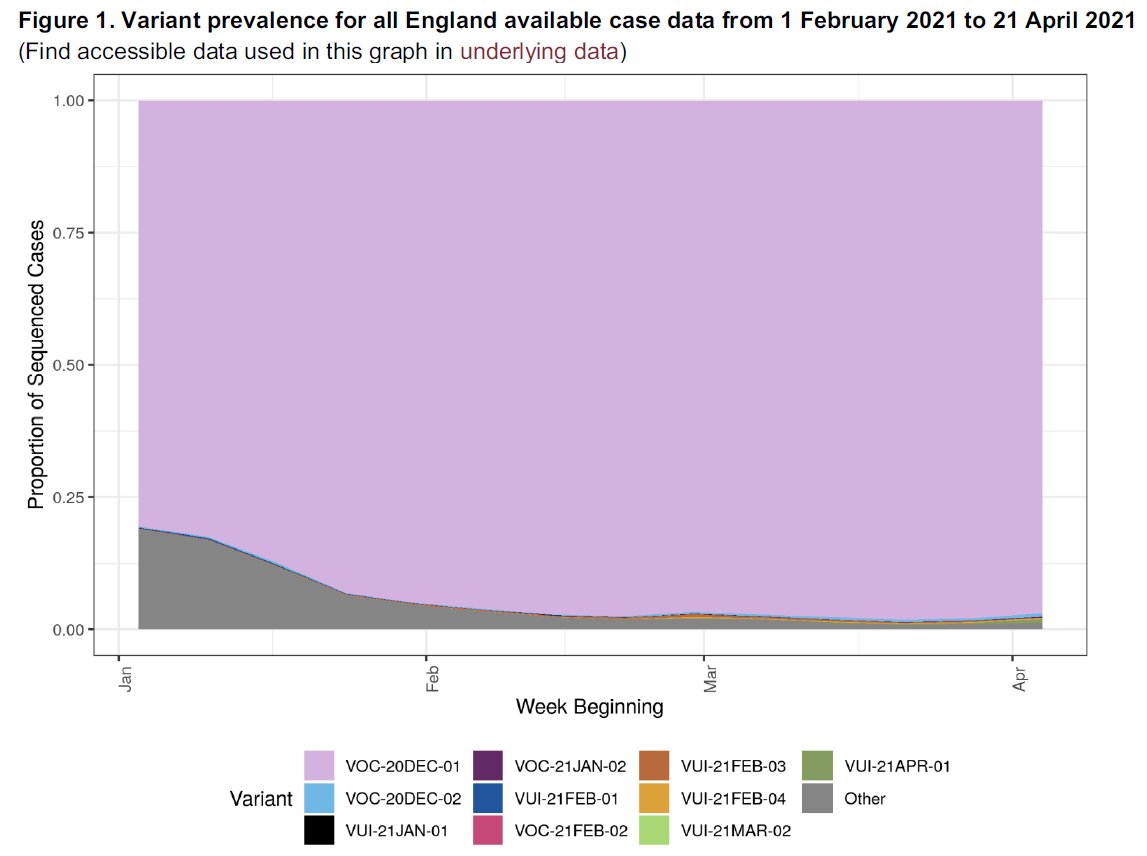
Vaccination progress is excellent - but it's worth noting there are disparities. It was good to hear in yesterday's Number 10 press conference that some of these disparities are being reduced.
Let's look at the most recent data (published 14 April, for vaccinations to 7 April)
Let's look at the most recent data (published 14 April, for vaccinations to 7 April)
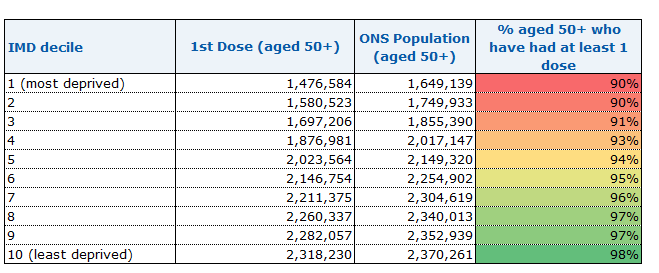
The first disparity is age. But this is due to prioritization based on risk and makes sense.
https://twitter.com/Dr_D_Robertson/status/1382689552050098178
But when you combine this with location, you can see that London stands out. More generally, urban areas are likely to be under-vaccinated. 

And the most striking disparity is whether you live in a deprived area. IMD is the Index of Multiple Deprivation and goes from 1 (most deprived) to 10 (least deprived). 

Without reducing these inequalities, there is a risk that the virus will re-emerge most strongly in the least deprived communities. Some of these communities may have been highly exposed already, which is a factor that complicates things, as well as correlations between factors.
You are far more likely to have been vaccinated if you are white, from a least deprived, rural area than being black, from a deprived, urban area.
Very hard work is being carried out to reduce these differences in vaccination rates. It's hard work and is very much appreciated.
Very hard work is being carried out to reduce these differences in vaccination rates. It's hard work and is very much appreciated.

• • •
Missing some Tweet in this thread? You can try to
force a refresh
